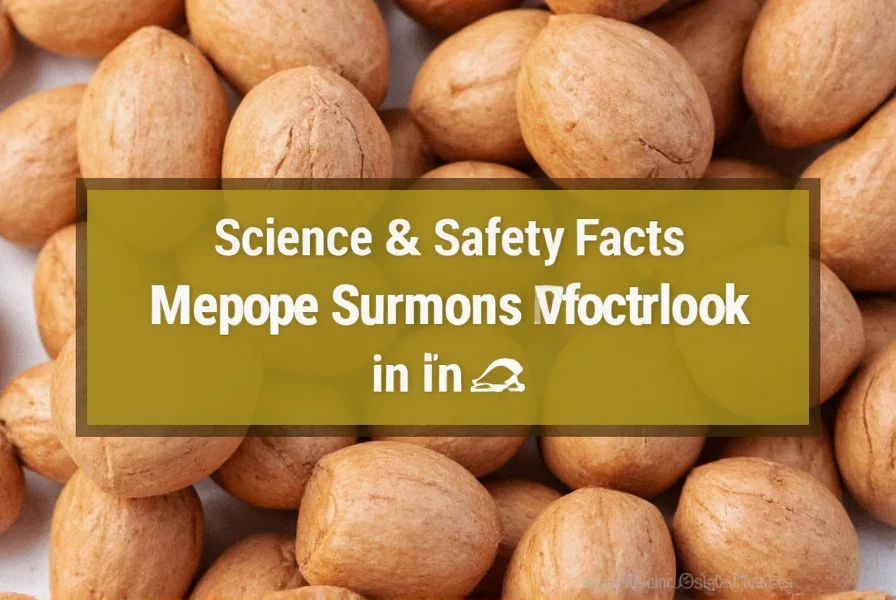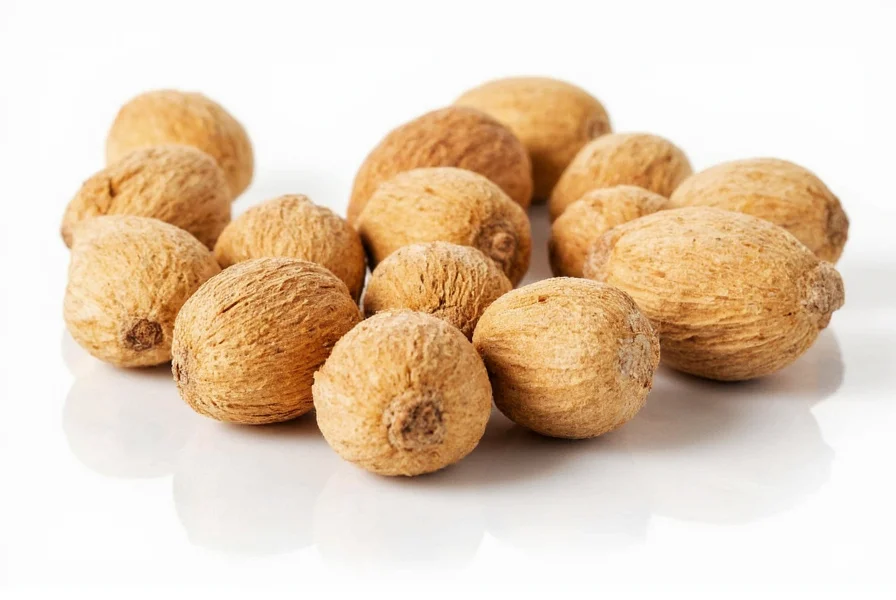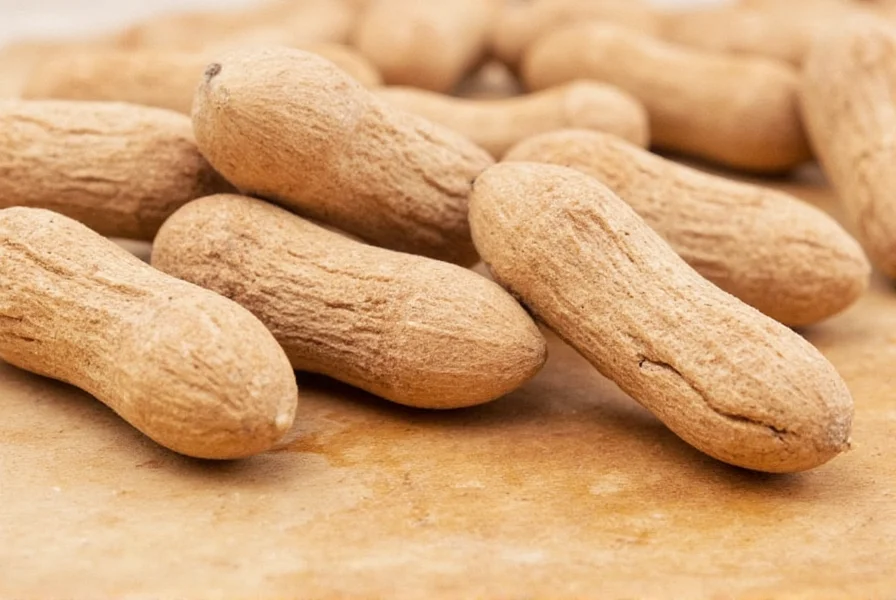No, nutmeg cannot safely make you high. While nutmeg contains myristicin—a compound that may produce mild psychoactive effects in extremely large doses—the amounts required are dangerously close to toxic levels. Consuming enough nutmeg to potentially experience euphoria typically causes severe nausea, dizziness, rapid heart rate, and hallucinations that are often disturbing rather than pleasant. Medical professionals strongly warn against using nutmeg as a recreational substance due to significant health risks including potential organ damage and acute toxicity.
Many people searching can nutmeg make you high are curious about alternative substances, but the reality is far from recreational use. Nutmeg's psychoactive properties come from myristicin and elemicin, organic compounds that metabolize into/Subthreshold substances similar to amphetamines. However, the dose-response relationship makes this an extremely unsafe option.
The Science Behind Nutmeg's Psychoactive Potential
Nutmeg (Myristica fragrans) contains approximately 1-2% myristicin by weight. For context, a typical teaspoon of ground nutmeg weighs about 2 grams and contains roughly 20-40mg of myristicin. Research suggests that psychoactive effects might begin at doses of 5mg of pure myristicin, but achieving noticeable effects typically requires consuming 5-30 grams of raw nutmeg—equivalent to 3-20 teaspoons.

Documented Effects and Timeline
Unlike controlled substances with predictable effects, nutmeg intoxication follows an unpredictable pattern with significant discomfort:
| Time After Ingestion | Common Effects | Severe Risks |
|---|---|---|
| 1-3 hours | Dry mouth, flushed skin, mild euphoria | Early signs of toxicity |
| 3-6 hours | Nausea, vomiting, dizziness, visual distortions | Tachycardia (rapid heart rate), hypertension |
| 6-12 hours | Delirium, anxiety, hallucinations | Seizures, acute kidney injury |
| 12-48 hours | Confusion, fatigue, prolonged aftereffects | Organ damage, potential fatality |
The delayed onset (often 3-6 hours) leads many users to consume additional doses, dramatically increasing the risk of severe toxicity. Unlike cannabis or other recreational substances where effects are relatively predictable, nutmeg high experience is consistently described as unpleasant with significant physical discomfort.
Medical Community's Warning
Healthcare professionals universally discourage using nutmeg for psychoactive purposes. The American Association of Poison Control Centers reports numerous cases of nutmeg intoxication requiring medical intervention. Dr. Sarah Chen, a toxicology specialist at Johns Hopkins, explains: "The margin between a dose that might produce mild effects and one that causes serious harm is dangerously narrow. We've treated patients with nutmeg-induced psychosis requiring hospitalization. It's simply not worth the risk."
Research published in the Journal of Ethnopharmacology confirms that while myristicin has structural similarities to MDMA, the metabolic pathway creates unpredictable and often negative experiences. The study concluded: "Nutmeg intoxication produces predominantly dysphoric rather than euphoric effects, with significant physical side effects that outweigh any potential psychoactive benefits."

Legal and Safety Considerations
While nutmeg remains legal worldwide as a culinary spice, its use as a recreational substance carries serious risks. Unlike regulated substances with known purity and dosage, how much nutmeg to get high varies significantly between individuals due to metabolic differences. Factors including body weight, metabolism, and stomach contents dramatically affect outcomes.
The European Monitoring Centre for Drugs and Drug Addiction classifies nutmeg as a "substance of concern" due to increasing reports of misuse, particularly among adolescents seeking legal highs. Emergency room visits related to nutmeg consumption have risen by 35% over the past five years according to CDC data.
Responsible Alternatives for Those Seeking Relief
For individuals exploring can nutmeg make you high alternatives, safer options exist depending on your goals:
- For relaxation: Evidence-based options include mindfulness meditation, regulated CBD products (where legal), or prescribed anti-anxiety medications under medical supervision
- For mood enhancement: Regular exercise, light therapy, and professional counseling show better outcomes than risky substance experimentation
- For spiritual experiences: Many cultures offer structured, safe pathways through meditation, yoga, or supervised psychedelic therapy where legal
If you or someone you know is considering using nutmeg or other substances to achieve psychoactive effects, please contact a healthcare professional. The National Helpline (1-800-662-4357) offers confidential support for substance use concerns.
Final Considerations
The question can nutmeg make you high has a technically accurate but practically dangerous answer. While trace compounds in nutmeg can produce psychoactive effects at extremely high doses, the experience is overwhelmingly negative with significant health risks. Scientific evidence consistently shows that the dangers far outweigh any potential effects, making nutmeg an unsafe and unreliable option for recreational use.
For those seeking mood enhancement, relaxation, or altered states of consciousness, numerous safer, evidence-based alternatives exist. Always consult healthcare professionals before experimenting with substances, and remember that culinary spices belong in the kitchen—not as recreational drugs.











 浙公网安备
33010002000092号
浙公网安备
33010002000092号 浙B2-20120091-4
浙B2-20120091-4